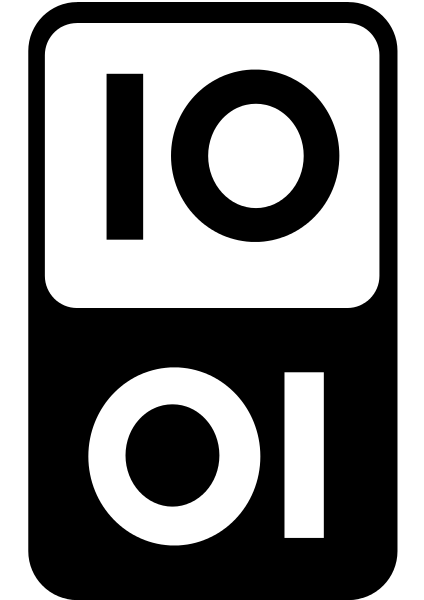How to open access to publications?

The paths of open access: allegory
On an idea by Marc Vanholsbeeck at JNSO 2019
The green path (Green Open Access)
- The article is published in a subscription journal,
- the postprint is deposited in an open archive such as HAL or arXiv,
- if there is an embargo period, the Law for a Digital Republic reduces it to 6 months (STM) or 1 year (SHS), even if the publication contract provides for a longer period.
In the green route, open access is generally not immediate.
The golden route (Gold Open Access)
- The article is published natively in open access, directly on the publisher's website, with or without fees.
→ Any fees are called APC or Article Processing Charges. - The possible cost is covered by the author (their lab), the publisher or a public subsidy.
Beware of double billing! Most journals publish both gold open access articles and closed subscription articles: they are called hybrid. The subscription fee is expected to be reduced in proportion to the number of open access articles they contain: this is almost never the case, or it is unverifiable.
| → We discourage paying APC to publish in hybrid journals, just like the CNRS. → Send us your publication contracts! We can dissect them for you. |
Beware of predatory publishers! They put fully open access journals on the market with APC, and offer a guarantee of easy, fast and paid publication while paying little or no attention to the scientific quality of the articles.
Beware of the requirements of funders!
The member agencies of cOAlition S and Plan S (in France, the ANR) and Europe (Horizon Europe) have 3 requirements for funded projects:
- publish in immediate open access,
- do not pay APC to publish in hybrid journals,
- attribute an open license (CC-BY or CC BY-NC) on the postprint and deposit it in HAL.
| → Read the finance contract you sign! It should contain these three clauses. → Send us your contracts;! We can break them down for you. |
To answer this, there are two options:
- publish in a fully open access journal, possibly paying an APC, and deposit the postprint in HAL (even if the publisher's PDF is open access elsewhere)
- OR publish in a hybrid or subscription journal, without paying an APC, and deposit the postprint in HAL immediately.
→ In this last point, it is necessary to negotiate the publication contract with the publisher to retain the economic rights on the postprint, since it is under CC-BY license as as required by (3). This is the of non-cession of rights.
Why open access to publications?
Because it is possible
Upon publication, the author transfers part of his intellectual property to the publisher. Intellectual property consists of two elements:
- moral rights, non-transferable: the right to be cited, the right to respect the integrity of one's work, the right of disclosure (choosing when to publish), and the right of withdrawal (provided that the person to whom the economic right has been transferred is compensated).
- economic rights, transferable: this is the right of commercial exploitation,
This economic right is transferred to the publisher upon publication, so that they can sell a subscription. The publisher in return grants a secondary exploitation right to the author so that he can deposit the postprint in an open archive, in principle under an open license, after an embargo that can be quite long.
| → Read the publishing contract you sign! You will need to find these assignment clauses. → Send us your publication contracts! We can break them down for you. |
The Law for a Digital Republic (2016) reduces this embargo to 6 months for STM and 1 year for SHS, even if the contract provides for a longer period.
Because it is mandatory
What the law authorizes, the School requires…
- with the Mandat for the sharing of science (2017)…
- …which has been integrated into the Plan Science Ouverte (2019)…
- …which has been included in the Contrat d’Objectifs et de Performance 2022-2026.
Each year in the spring, we list the School’s publications that are not available in open access and send a friendly reminder email to the authors:-) The objective is to reach 100% of publications in open access at the School.
Some funders also require the opening without embargo of publications resulting from the projects they fund (ANR, Europe, etc.).
Because it is a good practice
Open access publications are more visible. At the École des Ponts, they receive on average 1.6 times more academic citations, and 4.5 times more press citations.
The privatization of scientific publishing costs a fortune to institutions:
- €220,000 / year at the École des Ponts and €117.6 million in France in 2020,
- 3% to 10% annual increase usually requested by publishers, which national negotiations are trying to contain,
- 36% margin at major publishers.
This cost is the source of inequalities of access. For example, developing countries have had difficulty participating in research against Covid. Research offices and citizens in France have difficulty accessing scientific information.



